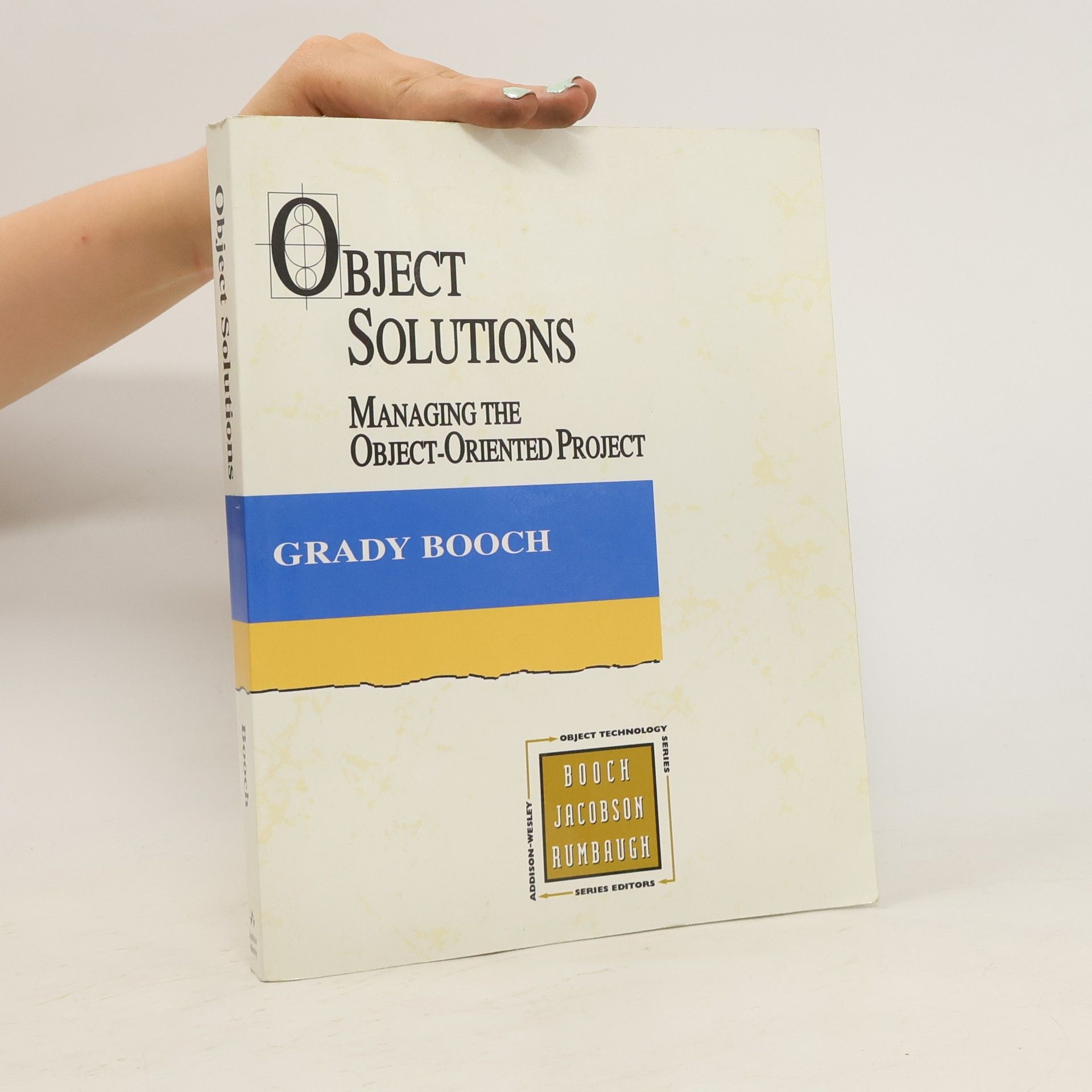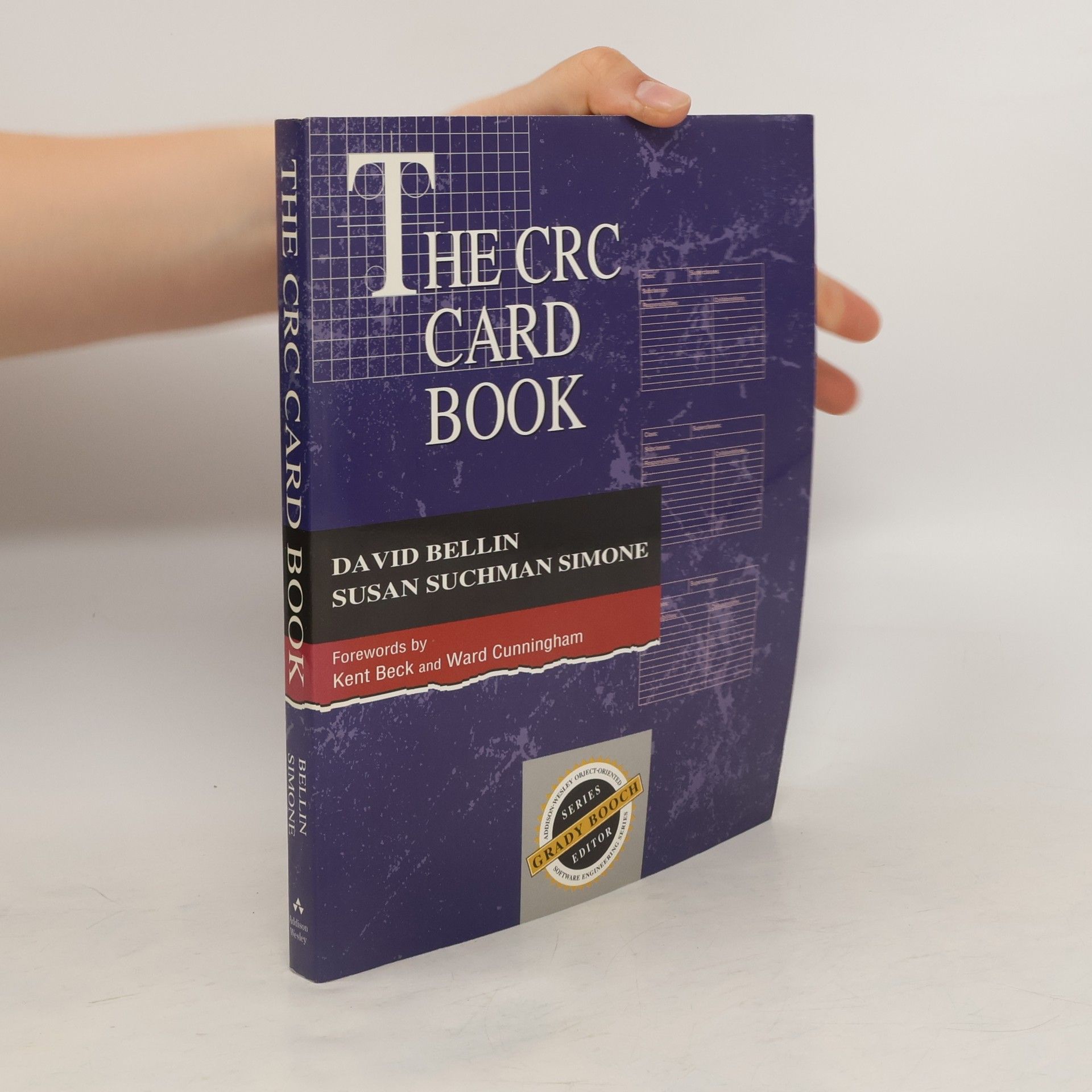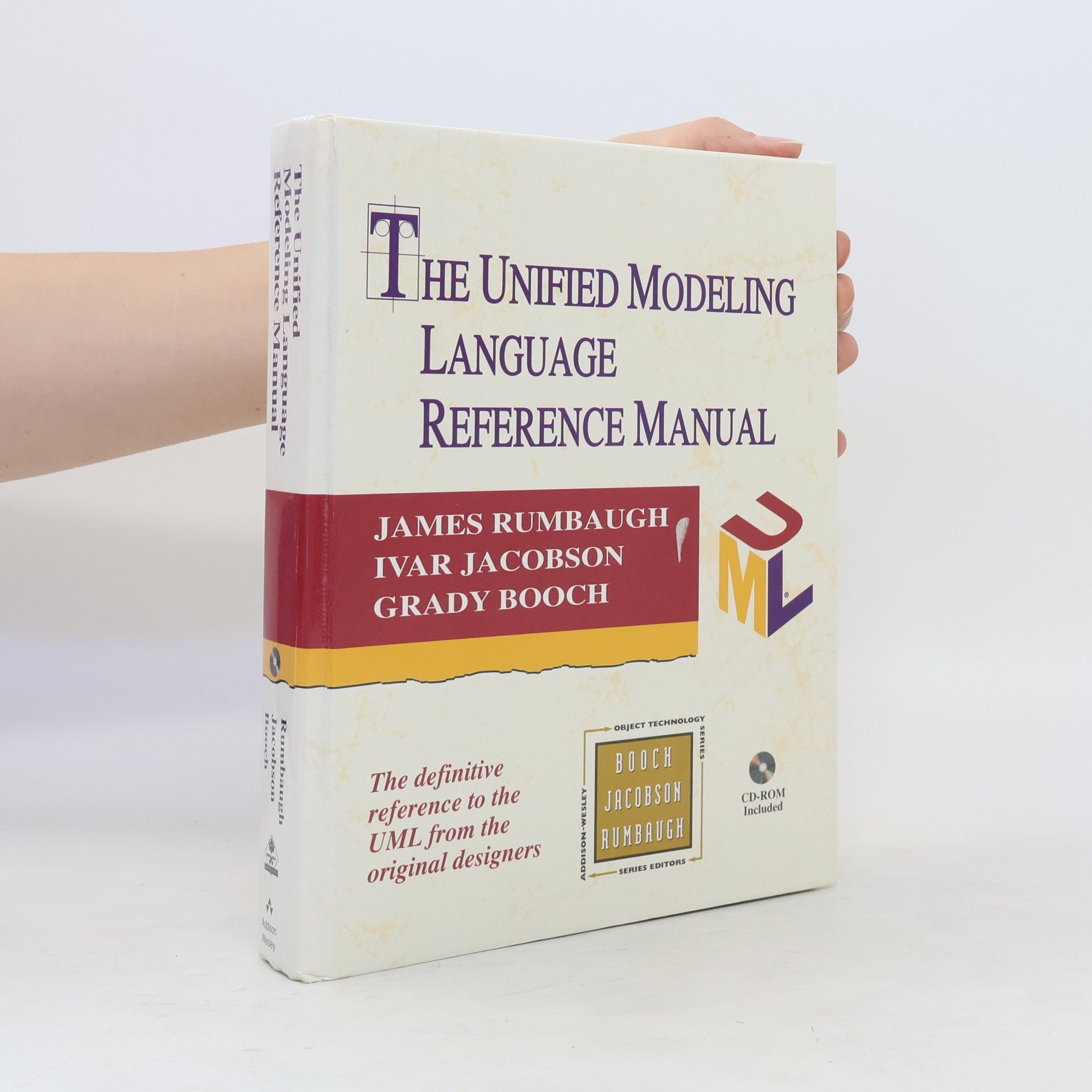Grady Booch Bücher
Dieser Autor ist eine anerkannte Persönlichkeit im Bereich der Softwaretechnik, der für seine grundlegenden Beiträge zur Entwicklung kritischer Modellierungssprachen gefeiert wird. Seine Arbeit hat die Art und Weise, wie komplexe Softwaresysteme entworfen und verstanden werden, maßgeblich geprägt und die Branche weltweit beeinflusst.






The Unified Modeling Language Reference Manual
- 584 Seiten
- 21 Lesestunden
Bacground; UML concepts; Reference; Appendices.
Getting started; Basic structural modeling; Advanced structural modeling; Basic behavioral modeling; Advanced behavioral modeling; Architectural modeling; Wrapping up
Object Technology Series: Objects, Components, and Frameworks With UML
The Catalysis™ Approach
- 785 Seiten
- 28 Lesestunden
Here is the first book to introduce Catalysis, a next-generation method for constructing open component systems from frameworks, based on UML and OMG standards. Using Catalysis, programmers have the ability to describe a complex system based on content perspectives or views. Each view defines a pattern with supporting models. Catalysis provides well-defined consistency rules across models and the mechanisms for composing views. .
The CRC Card Book
- 290 Seiten
- 11 Lesestunden
This concise book addresses the actual details involved with using CRC cards, including coverage of the team approach to analysis and examples of program code (Java, C++, and Smalltalk) derived from the use of the CRC card method.
Object Solutions is a direct outgrowth of Grady Booch's experience with object-oriented project in development around the world. This book focuses on the development process and is the perfect resource for developers and managers who want to implement object technologies for the first time or refine their existing object-oriented development practice. The book is divided into two major sections. The first four chapters describe in detail the process of object-oriented development in terms of inputs, outputs, products, activities, and milestones. The remaining ten chapters provide practical advice on key issues including management, planning, reuse, and quality assurance. Drawing upon his knowledge of strategies used in both successful and unsuccessful projects, Grady Booch offers pragmatic advice for applying object-technologies and controlling projects effectively.
El libro sobre UML (Lenguaje Unificado de Modelado) enseña a utilizar este lenguaje gráfico para documentar sistemas de software. Cubre la versión 2.0 de UML, su vocabulario, reglas y construcciones, y ofrece soluciones a problemas de modelado comunes, aunque no es un manual de referencia completo. Es similar a una guía de usuario.
